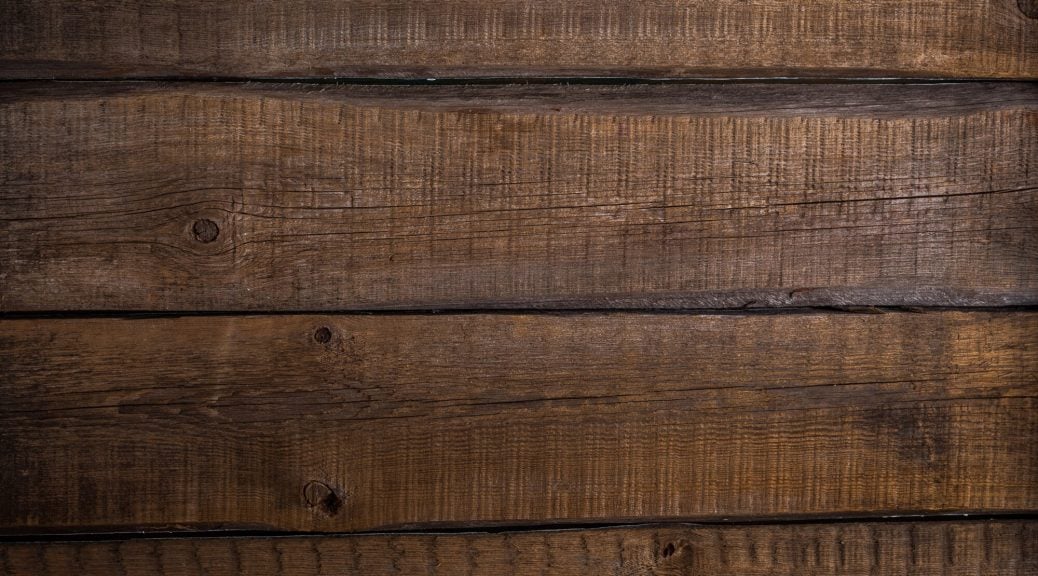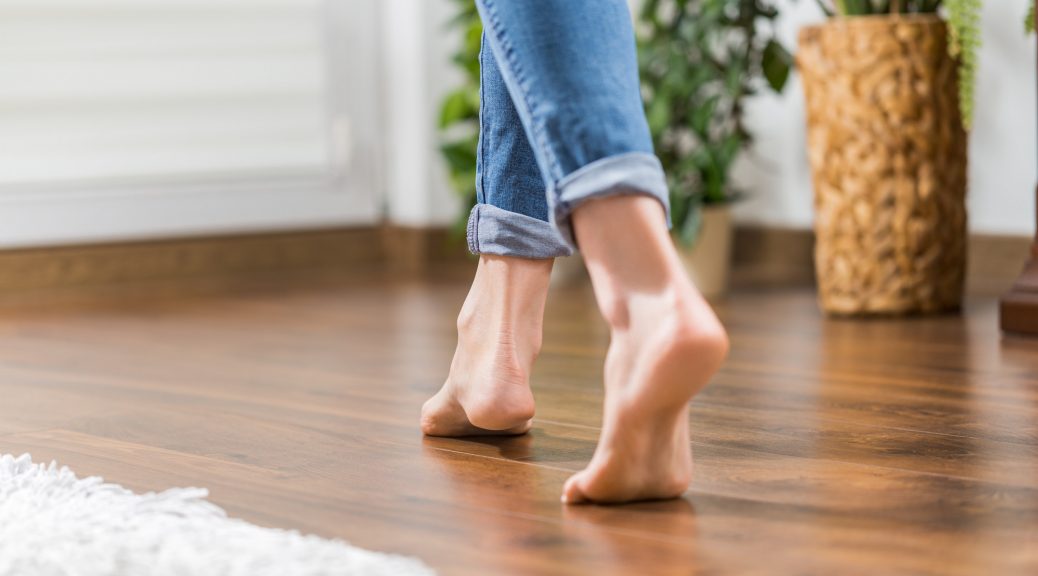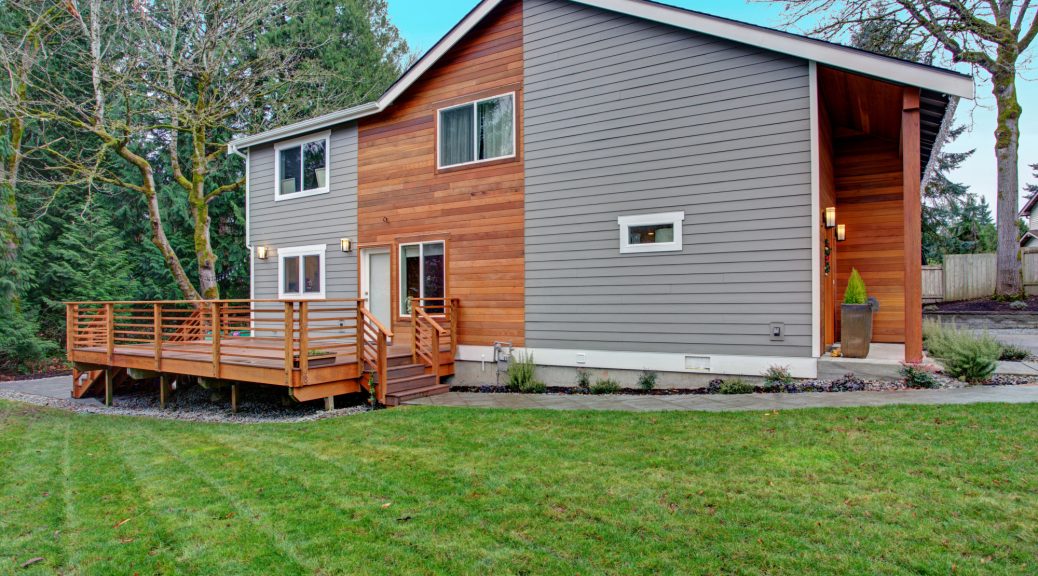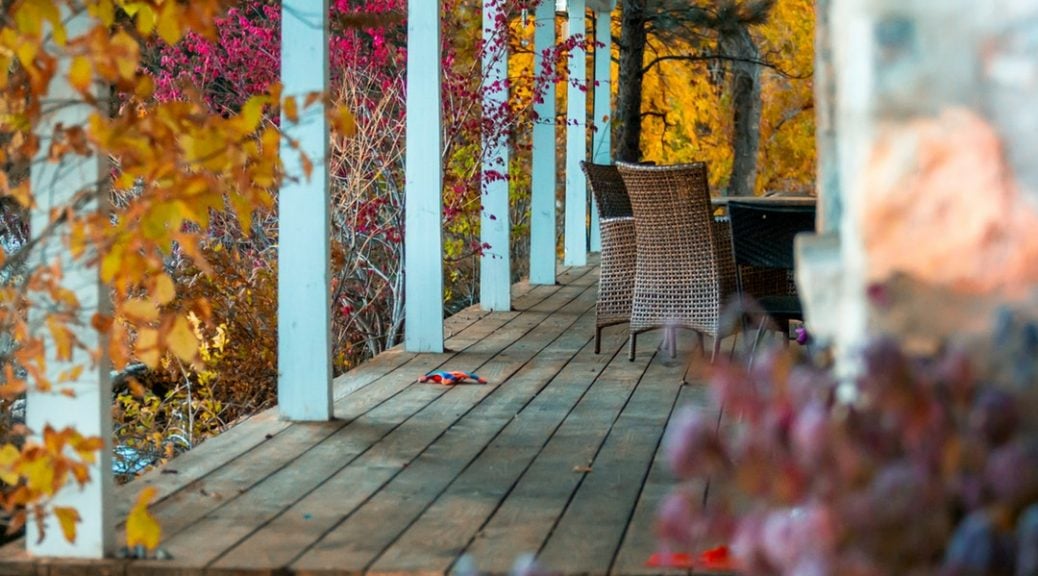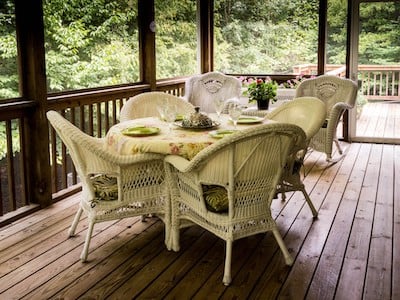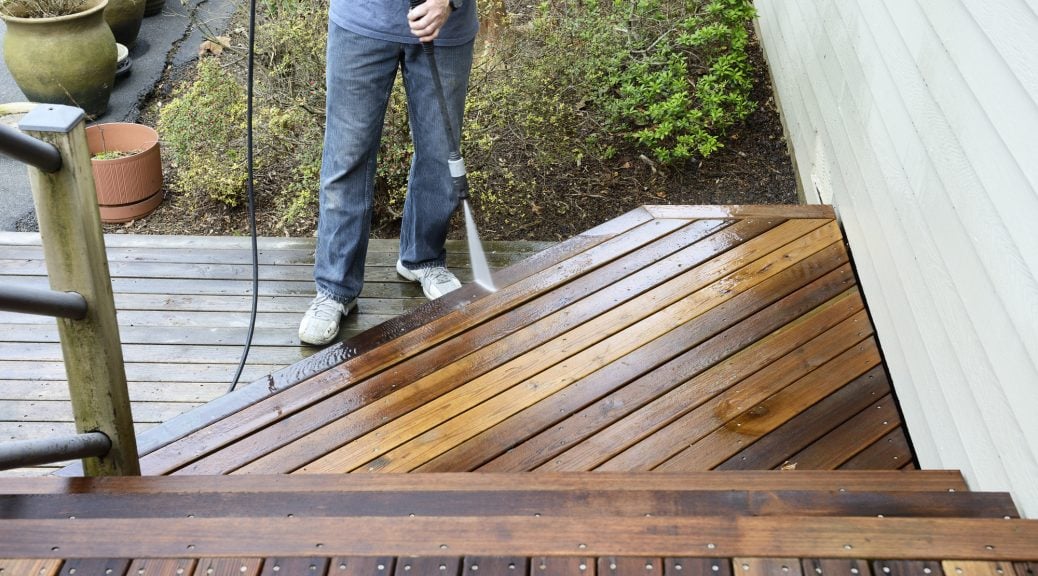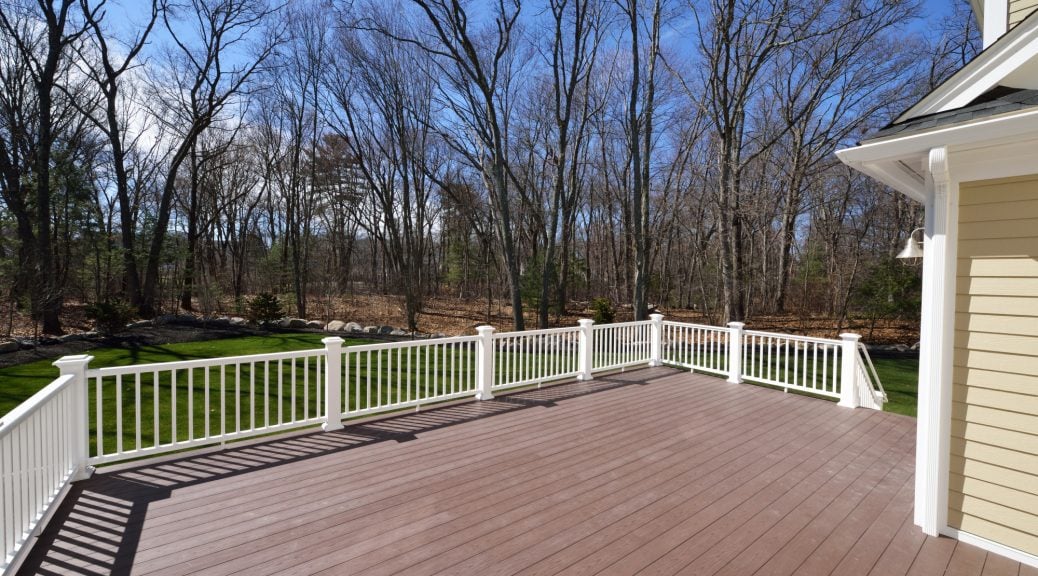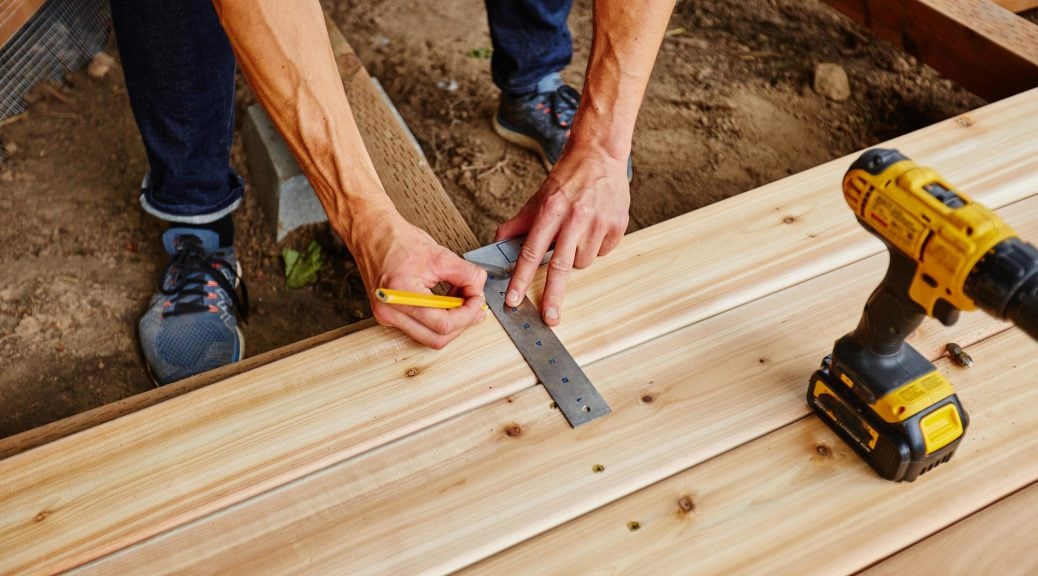Choosing the right hardwood lumber for a fence can be stressful without understanding the advantages and disadvantages of each type of wood. Have you heard about Ipe wood? It’s increasingly popular for wood fences, and there are plenty of excellent reasons why!
Ipe wood (or Brazilian Walnut) originally came from South America. You’ll find it used in fencing, decking, and patio construction because it’s an ideal wood for long-lasting structures in almost any climate.
Why should you consider Ipe fencing for your next project? Aside from the privacy benefits, here are ten excellent reasons to choose Ipe wood fencing.
1. It’s Durable
You don’t want to build a new fence every few years. While some types of wood fencing materials can rot and warp over time, Ipe wood holds its shape as one of the most durable fencing materials.
The wood’s high density is the key to its long lifespan. A hardness rating of 3,600 means Ipe wood is sturdy enough for the long haul—even as long as 50 years. Once your Ipe fence is in place, you won’t need to worry about replacing damaged sections or the entire fence, repairing dents, or dealing with warped boards.
2. It Looks Nice
Durability doesn’t mean you have to sacrifice aesthetics. Your Ipe wood fence has a high-quality finish due to the wood’s range of colors. Choose medium or darker shades of this wood to match your home’s style or create a specific look and feel for your backyard oasis.
With Ipe wood, you also won’t have to worry about your fence color fading over time.
3. It’s Easy to Maintain
Since Ipe wood is so durable, your fence is easy to maintain! While Ipe fencing isn’t completely maintenance-free, other types of wood fencing require repairs or frequent re-staining to maintain the color and extend the life of the fence. During installation, a UV stain helps protect your Ipe wood and set the shade of brown.
Ipe is highly resistant to inclement weather, rot, and decay. These factors mean you won’t spend time replacing rotted boards or dealing with pest damage due to fence decay. You also won’t see signs of excessive wear-and-tear over time.
4. It’s Fire Resistant
Can you imagine a fire-resistant wood fence? If it’s not Ipe wood, your fence could accelerate a fire and fail to protect your home.
While Ipe can’t prevent fires, its Class A Fire Rating means it is slow to catch fire or spread flames. With this type of fencing around the perimeter of your home, you have an extra layer of protection versus other types of wood fencing that can accelerate the spread of flames.
5. It’s Distinct
Your fence can be a statement piece that completes your yard! No other wood fences look like an Ipe wood fence—and that can be just the look you need to enhance your home’s appeal.
This fencing material creates a contemporary design that won’t blend in with other wood fences in your neighborhood. Many Ipe fences lay the wood boards horizontally (instead of vertically) to create a unique look. Mix the dense wood with black or metal accents and posts to build a fence your neighbors will want!
6. It Stays Cool
The hot sun won’t overheat your Ipe wood fence. Extreme sun and heat can warp and crack boards. Direct sunshine can also make your fence hot to the touch.
For families with small children or pets that spend time in the yard, an Ipe fence won’t burn or hurt small, sensitive hands or snouts.
7. It’s Eco-Friendly
The durability of Ipe wood makes it a highly sustainable resource for fences. It’s a renewable natural resource that matures over about thirty years—and your fence can last longer than that!
If eco-friendly resources are a priority for your home, Ipe wood is one of the best ways to love the environment with a long-lasting and beautiful fence.
8. It Pays Off
While an Ipe wood fence can be more costly than other types of wood fencing at installation, its durability makes it a cost-effective option over time. Your fence made of Ipe will last longer than most wood, metal, or vinyl fencing—with less required upkeep—making it a better financial investment for your home.
Choosing a less-expensive fence material can be a lower upfront cost, but you might have to replace that fence again in a few years.
9. It Fights Termites
The density of Ipe wood is no match for termites! Try as they “mite,” termites won’t be able to work themselves into your Ipe wood fence—even if you struggle with termite problems in other places around your home.
Dense woods create a natural barrier for pests that can more easily destroy softer wood fences. If pests are a problem near your home, an Ipe wood fence can withstand their attempts at destruction.
10. It’s Good For Neighbors
Traditional vertical fence construction can leave neighbors looking at the wrong side of the fence. One side is the “presentable” side, while the other side shows supporting pieces that hold the fence together.
With Ipe boards laid horizontally, both you and your neighbors enjoy the same smooth finish on both sides of the fence. Smooth sides also make it more difficult for intruders to climb over a fence and enter your yard. Protect your family and home with the unique style of a horizontal Ipe wood fence.
Choose Ipe Fencing for Long-Lasting Beauty
Ipe fencing is the best choice for a long-lasting structure that surrounds a home or yard. When professionally installed, an Ipe wood fence will last for many years and retain its beauty throughout its lifetime.
Ipe Woods USA has the best pricing and delivery options directly to your job site. Treat your customers to the many benefits of the best-quality hardwood fencing materials! Contact us to learn more.

